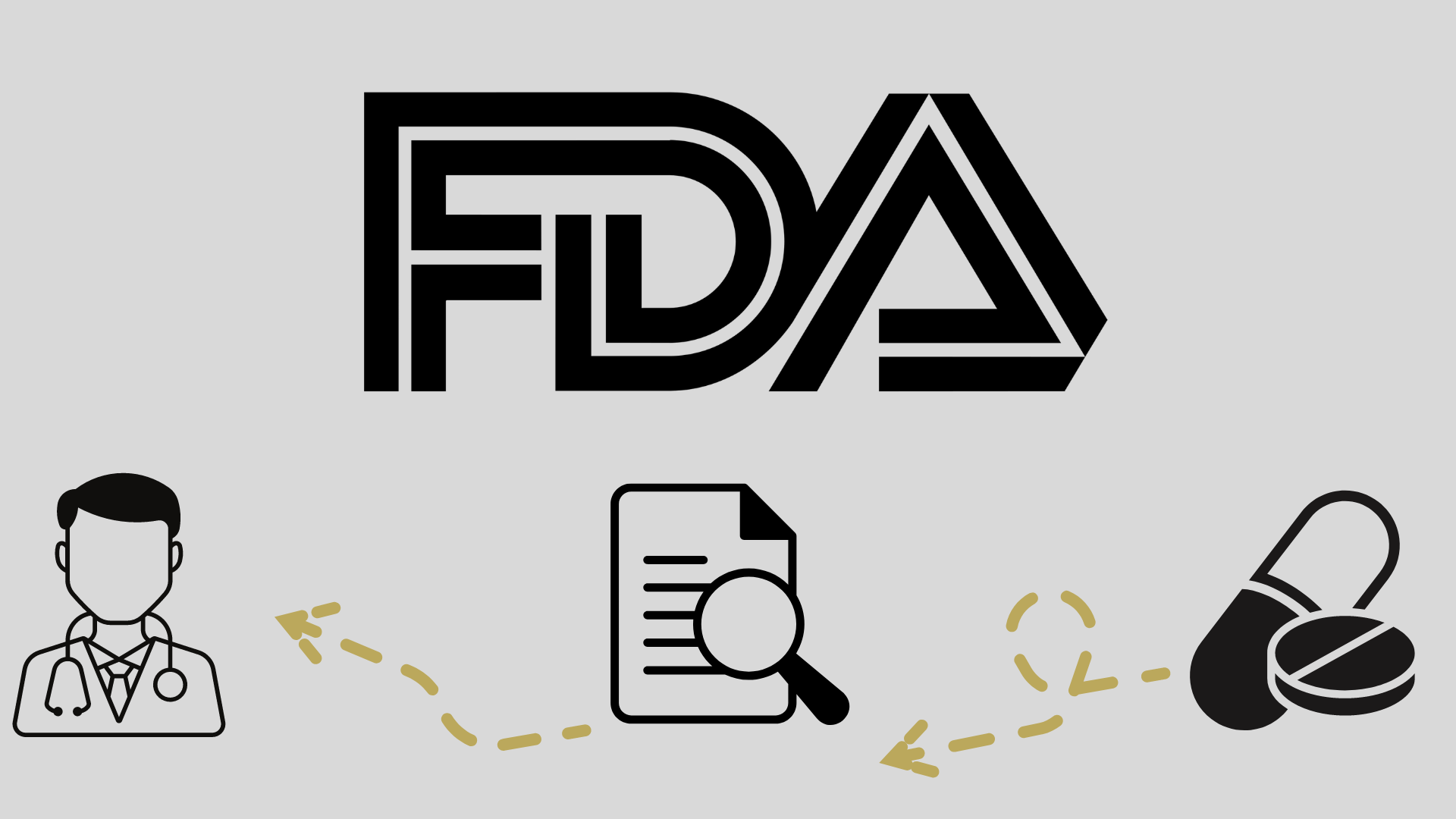
Zotatifin Triplet Gains FDA Fast Track Status in ER+/HER2- Breast Cancer

A fast track designation has been granted to zotatifin with fulvestrant, and abemaciclib for adult patients with estrogen receptor-positive/HER2-negative advanced or metastatic breast cancer.
- Zotatifin (eFT226) is a potent and sequence-selective small molecule inhibitor of the RNA helicase eIF4A.
- The combination of zotatifin, fulvestrant, and abemaciclib (Verzenio) is currently being evaluated in a phase 1/2 trial (NCT04092673).
- Further updates and new data on the combination will be announced at the 2023 San Antonio Breast Cancer Symposium in December 2023.
The FDA has granted a fast track designation to the combination of zotatifin, fulvestrant, and abemaciclib as a second- or third-line treatment for adult patients with estrogen receptor (ER)-positive (HR+)/HER2-negative (HER2–) advanced or metastatic breast cancer with disease progression following treatment with endocrine therapy and a CDK 4/6 inhibitor.1
Zotatifin, a potent and sequence-selective small molecule inhibitor of the RNA helicase eIF4A, is currently undergoing evaluation in an ongoing phase 1/2 dose-escalation and dose-expansion clinical trial in patients with ER-positive/HER2-negative metastatic breast cancer. The agent works by suppressing expression of a network of cancer-driving proteins, including cyclins D and E, CDKs 2, 4, and 6, and select RTKs as well as KRAS.
This regulatory decision follows FDA review of preclinical and clinical data for zotatifin, as well as recent safety and efficacy data for the triplet therapy.
"We’re grateful to receive this fast track designation from FDA, which is a meaningful milestone for the development of zotatifin and reflects the demonstrated potential for zotatifin in combination with fulvestrant and abemaciclib to address unmet needs in ER+/HER2– breast cancer,” said Steve Worland, PhD, chief executive officer of eFFECTOR, in a press release. “We value the opportunities provided by fast track designation for frequent interactions with the FDA review team as we advance this development program for zotatifin, and look forward to providing further data updates and development plans at the 2023 San Antonio Breast Cancer Symposium.”
About the Phase 1/2 Study
In the phase 1/2 dose-escalation and dose-expansion study in ER-positive/HER2–negative breast cancer, experts are evaluating the safety, pharmacokinetics (PK), pharmacodynamics, and antitumor activity of the zotatifin combination.1 Several cohorts were included in the, including a cohort presented at the 2023 American Society of Clinical Oncology (ASCO) annual meeting which enrolled 38 patients with metastatic or locoregionally recurrent ER-positive + breast cancer.2
Based on other cohorts in the study, 0.07 mg/kg on days 1 and 8 of a 21-day cycle was established as the recommended phase 2 dose (RP2D). This was the dose given to most patients across solid tumors. In the doublet cohort, additional dose escalation was completed, with intravenous zotatifin administered at 0.10 mg/kg every 2 weeks (n = 3), 0.07 mg/kg every week (n = 2), and 0.14 mg/kg every 2 weeks (n = 1). Abemaciclib and fulvestrant were administered at FDA-approved doses.
The triplet combination led to a confirmed objective response rate (ORR) of 21%, including 4 partial responses (PR) and 1 unconfirmed PR. With the doublet of zotatifin and fulvestrant (n = 17), the confirmed ORR was 5.9%, and consisted of 1 PR. In the triplet and the doublet arms, stable disease was achieved by 47% and 35% of patients, respectively.
A total of 35% of patients experienced stable disease when treated with the zotatifin doublet and 47% had stable disease with the triplet. With the doublet, the disease control rate was 41% compared with 74% with the zotatifin triplet. One PR was seen at the 0.10 mg/kg every 2 weeks dose of zotatifin in the doublet arm. This suggests activity even at a lower dose level than the RP2D.
Among patients in the doublet arm, the 1 PR was seen in a patient previously treated with 2 CDK4/6 inhibitors, fulvestrant, and chemotherapy who had alterations in ESR1 and CCND1 amplification. Responses were observed in the triplet arm among patients who were previously biouslt treated with multiple CDK4/6 inhibitors, including in 1 patient with prior abemaciclib exposure. Responses were seen in patients with PIK3CA and ESR1 mutations.
For safety, the most common any-grade treatment-emergent adverse events (TEAEs) with the zotatifin triplet included diarrhea (80%), nausea (75%), vomiting (55%), fatigue (55%), dysgeusia (40%), dry mouth (35%), abdominal pain (30%), anemia (30%), dyspnea (30%), and peripheral neuropathy (30%). Grade 3 or higher TEAEs were rare, with the most common being diarrhea (15%) and anemia (10%).
With the zotatifin doublet, the most common TEAEs of any grade consisted of nausea (50%), constipation (28%), vomiting (28%), fatigue (28%), headache (22%), abdominal pain (22%), anemia (22%), and diarrhea (22%). Three cases of grade 3 or higher TEAEs were observed in this cohort, including headache, anemia, and diarrhea.
Based on these safety and tolerability results, dose-escalation was resumed in the doublet arm and further updates to interim data from the triplet cohort will be presented at the 2023 San Antonio Breast Cancer Symposium.1
REFERENCES
eFFECTOR receives U.S. FDA fast track designation for zotatifin in combination with fulvestrant and abemaciclib for treatment of ER+/HER2- advanced metastatic breast cancer. News release. eFFECTOR Therapeutics, Inc. November 28, 2023. Accessed November 28, 2023.
https://tinyurl.com/29h9rfwh Rosen E, Sharma M, Berz D, et al. Phase 1/2 dose expansion study evaluating first-in-class eIF4A inhibitor zotatifin in patients with ER+ metastatic breast cancer. J Clin Oncol. 2023;41(suppl 16):1080. doi:10.1200/JCO.2023.41.16_suppl.1080








































